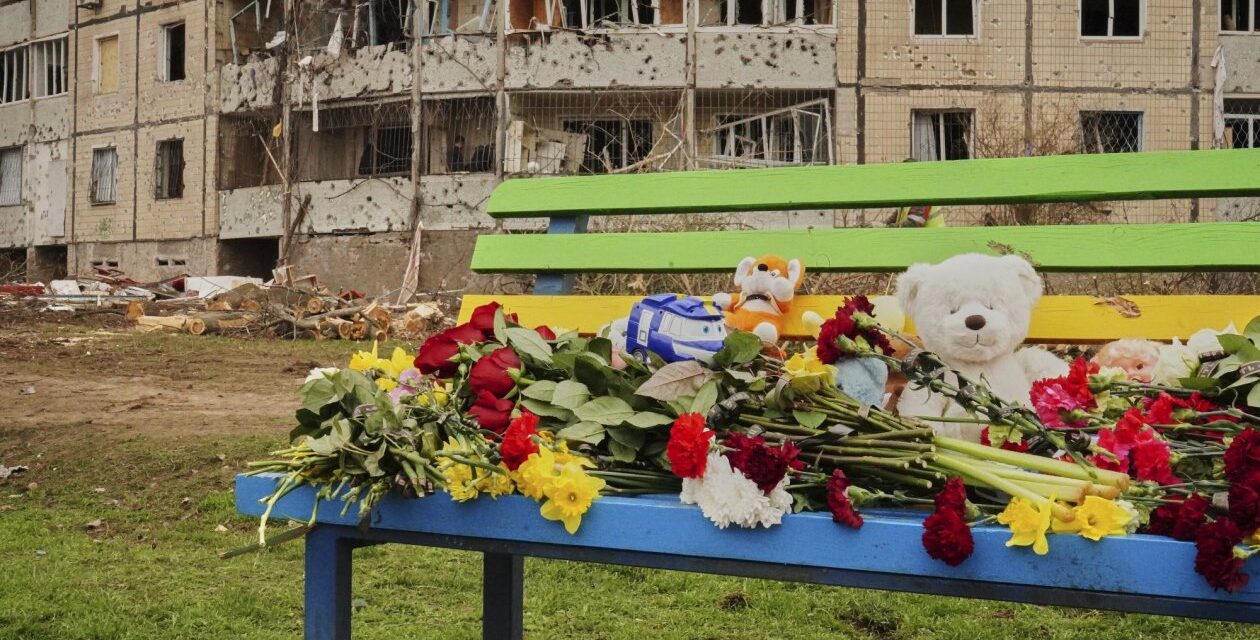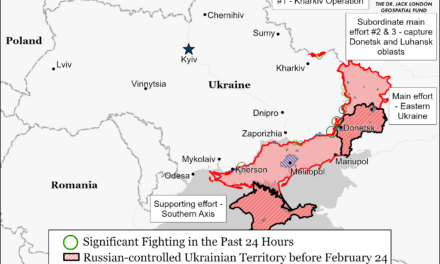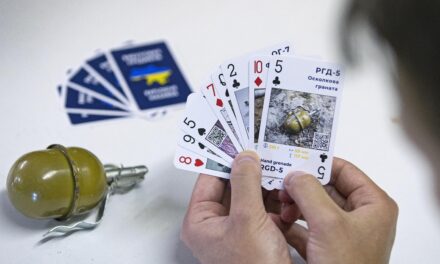Open-source investigators reconstruct the 4 April 2025 missile strike in Kryvyi Rih and find it sharply contradicts Moscow’s claim of a “high-precision” hit on a military-linked restaurant. By geolocating eyewitness photos and videos shared on X and Telegram, analysts place the detonation point about 20 meters from a children’s playground and roughly 70–80 meters from the RoseMarine restaurant that Russian channels initially spotlighted. Mapped casualty locations widen the picture: bodies and the gravely wounded are documented not only beside the playground but across a broad arc, with the farthest confirmed victim geolocated 148 meters from the restaurant. The pattern of damage—shredded trees, pockmarked facades, and burned vehicles—visibly radiates from the open area by the playground rather than the restaurant building, which remained largely intact.
Several independent teams converge on the same coordinates and sequence of events. Researcher Dmojavensis (via the Schizointel channel), the Conflict Intelligence Team, and military analyst Yan Matveev each verify that the missile did not directly hit the restaurant. Where the analysts diverge is the exact warhead: Ukraine’s General Staff reports an Iskander-M ballistic missile with a cluster payload, which would help explain the wide spread of casualties; Matveev argues the imagery better fits a high-explosive fragmentation warhead with pre-formed metal elements, citing a single dominant smoke column and dense shrapnel impacts on walls and vehicles. Whatever the munition, the humanitarian result is unambiguous: the strike devastated a residential neighborhood and a playground, killing 19 people—nine of them children—and injuring dozens more.
The information battle shifts as evidence mounts. Pro-war Russian channels first tout a direct hit on the restaurant, then recast the incident as a “precise” strike on a gathering of Ukrainian commanders and Western instructors. The open-source record—distance measurements, annotated maps, and object-level markers—undercuts that narrative by anchoring the blast away from the restaurant and immediately beside the playground. If the attack was indeed “precision,” the mapped impact point and casualty distribution imply the precision was applied to a civilian venue. Taken together, the OSINT corpus transforms a contested claim into a measurable event: a lethal explosion centered on a children’s play area, not a military meeting place.












